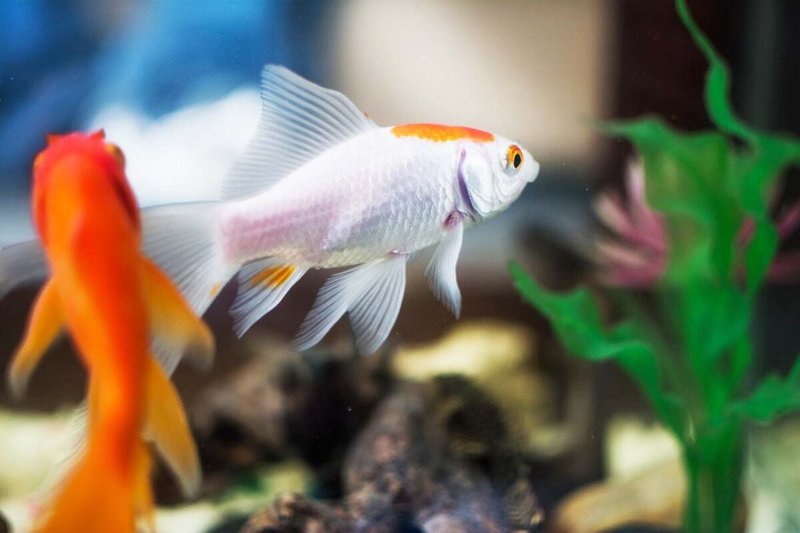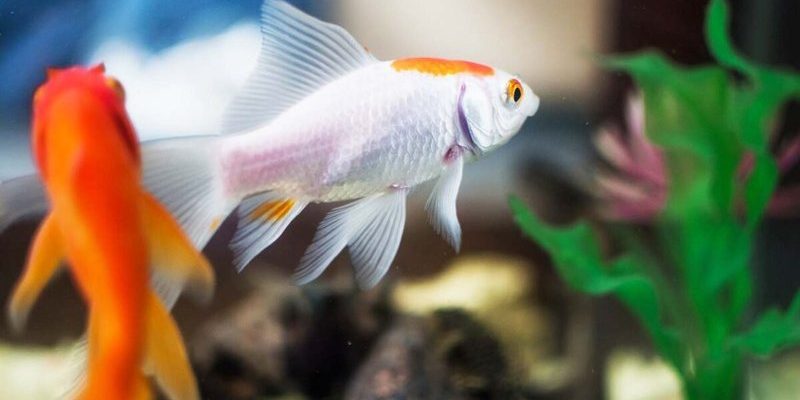
Think of it this way: caring for a goldfish is a bit like raising a pet dog or cat. They need attention, proper nutrition, and a safe living environment. If you’re new to fishkeeping, don’t worry—this guide will walk you through all the essential steps. Let’s dive into the world of goldfish care!
Choosing the Right Aquarium
When it comes to choosing an aquarium for your goldfish, size really matters. Goldfish can grow quite large, sometimes up to 12 inches long, depending on the type. So, you’ll want to start with a tank that’s at least 20 gallons. Smaller tanks might look cute, but they can lead to all sorts of problems, like poor water quality and stressed fish.
You might be wondering why size is so crucial. Well, goldfish produce a lot of waste, and a larger tank gives the fish more room to swim and helps maintain better water quality. A tank that’s too small can get dirty quickly, leading to health issues for your fish. With the right setup, your goldfish will have plenty of space to explore and thrive.
Types of Aquariums
There are several types of aquariums available:
- Glass Tanks: These are the most common and come in various sizes. They’re durable and easy to clean.
- Acrylic Tanks: These are lighter and often provide better insulation, but they can scratch easily.
- Pre-formed Tanks: Typically made from tough plastic, these are great for outdoor use but limited in aesthetics.
Each type has its perks, so choose one that fits your style and your goldfish’s needs.
Setting Up Your Aquarium
Once you have your tank, it’s time to set it up. Start by rinsing your aquarium with warm water—no soap! You want to avoid any chemicals that could harm your fish. After that, you can add a substrate, like gravel or sand. This isn’t just for looks; it also helps beneficial bacteria grow, which is essential for maintaining a healthy environment.
Next, install a good filtration system. A filter keeps the water clean by removing toxins and debris. A canister filter or a sponge filter works well for goldfish because they’re gentle and effective. Make sure to cycle your tank before adding fish. Cycling means allowing beneficial bacteria to establish themselves, which helps convert fish waste into less harmful substances.
Decor and Plants
Adding decorations and plants can provide your goldfish with places to explore. However, make sure everything is safe. Avoid sharp edges that could harm their delicate fins. Live plants are fantastic because they help improve water quality by absorbing nitrates. Plus, they can create a beautiful, natural atmosphere. Just be cautious with the plant selection; some can be toxic to fish.
Water Quality and Temperature
The health of your goldfish heavily depends on the water quality. Goldfish thrive in stable environments, so you need to monitor the water parameters regularly. Make sure to test for ammonia, nitrite, and nitrate levels. Aim for:
- Ammonia: 0 ppm
- Nitrite: 0 ppm
- Nitrate: Below 20 ppm
Temperature is another vital factor. Goldfish prefer cooler water, typically between 65°F and 75°F. Invest in a good water heater with a thermometer to maintain consistent temperatures. Fluctuations can stress your fish and lead to health problems.
Water Changes and Maintenance
Regular water changes are crucial. Aim to change 10-20% of the water every week. This helps remove toxins and keeps the environment fresh. Use a siphon to make this task easier; it allows you to vacuum the substrate while removing water. Remember to treat tap water with a dechlorinator before adding it back to the tank.
Cleaning the filter regularly is also essential. Depending on your filter, you may need to rinse it every month. Just be sure to use tank water, as rinsing with tap water can kill those beneficial bacteria.
Feeding Your Goldfish
Feeding your goldfish may seem simple, but there’s more to it than just tossing in some flakes. Goldfish are omnivores, meaning they eat both plants and animals. You want to offer a balanced diet that includes high-quality flakes or pellets, along with occasional treats like blanched vegetables or freeze-dried foods.
Be careful not to overfeed. Goldfish have a tendency to overeat, which can lead to health issues. A good rule of thumb is to feed only what your fish can finish in about 2-3 minutes. If you see flakes left floating around, you’re giving too much.
Types of Fish Food
Here are a few types of goldfish food to consider:
- Flakes: Easy to find, but ensure they are high-quality.
- Pellets: They sink and can be a better option for larger goldfish.
- Freeze-Dried Foods: A great protein boost, but use them sparingly.
- Vegetables: Peas, spinach, or zucchini make great treats.
Mix it up to keep things interesting for your fish!
Common Health Issues
Goldfish can be susceptible to a few health problems, so it’s essential to keep an eye on them. Some common issues include ich, which appears as tiny white spots, and fin rot, characterized by frayed or discolored fins. If you notice any signs of sickness, take action quickly.
To help prevent these issues, maintain good water quality, avoid overcrowding, and ensure proper nutrition. A stressed fish is more likely to get sick, so always provide a stable environment.
Signs of a Healthy Goldfish
Generally, a healthy goldfish will:
- Swim actively and explore their environment.
- Have vibrant colors and clear eyes.
- Eat regularly without hesitation.
If you notice any changes in behavior, it might be time to investigate further.
Creating a Peaceful Environment
Goldfish are social creatures and often enjoy the company of others. However, you need to choose tank mates carefully. Avoid aggressive species that might nip at their fins. Instead, consider adding peaceful freshwater fish like zebra danios or corydoras catfish. Just remember to keep the size of your tank and the bioload in mind.
Adding plenty of hiding spots and plants can also help create a stress-free environment. Goldfish are curious and love to explore, so having decorations will give them some mental stimulation.
Caring for a goldfish in a freshwater aquarium can be rewarding and enjoyable. By providing the right environment, proper nutrition, and regular maintenance, you’ll set the stage for a happy, healthy fish. Don’t be afraid to learn and adjust your care routine as needed. Your new aquatic friend will thank you for it with lively swimming and vibrant colors. Enjoy your journey into the captivating world of fishkeeping!

